National-Geographic - National Geographic’s Jane Goodall : we have covered a great Premiere
By Mulder, Los Angeles, Hollywood Bowl, 09 october 2017
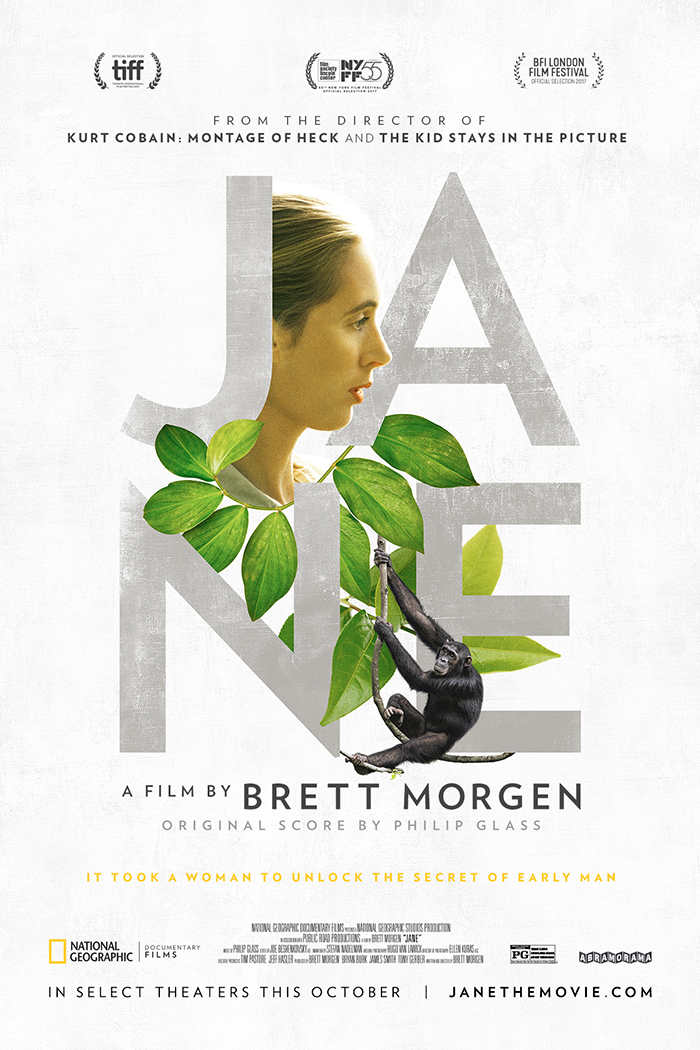
“Who are we, why are we here? We have a duty to those who are threatened.” - Jane Goodall
Jane details the extraordinary work of conservationist Jane Goodall, whose chimpanzee research challenged the male-dominated scientific consensus of her time and revolutionized the understanding of the natural world. Morgen’s intimate film features rare footage unearthed from the National Geographic archives.
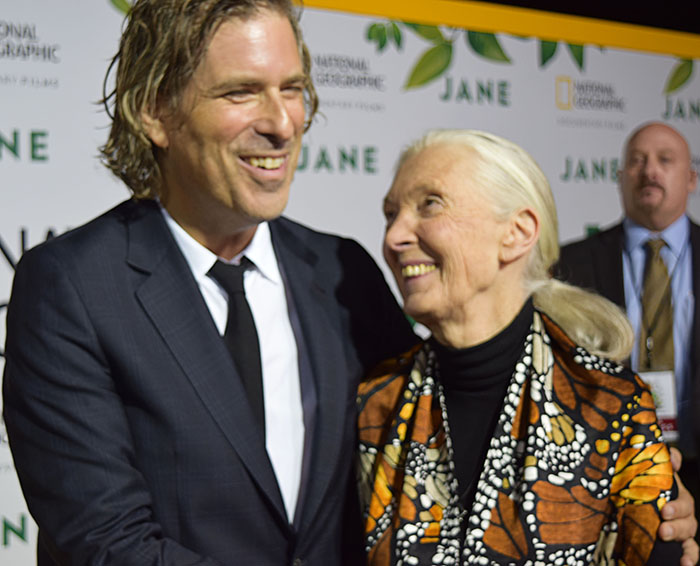
On a sunny afternoon, October 9th, 2017 at the Hollywood Bowl in Hollywood, CA. Fans, professionals, and many more came to to celebrate the work of an amazing primatologist Jane Goodall. Jane's study is the longest habitat study ever recorded. Jane has been the subject of over 40 films and numerous appearances. This documentary is about the famous primatologist that features 100 hours of never before seen footage that was archived of her early work in the 1960s. From Goodall's research in Tanzania's Gombe Stream National Park. During a time when there was no woman in the field, dominated by men. Jane forever changed what we know about chimpanzees. And how scientist looked at them.
At the age of 26, Jane traveled from England to Tanzania with nothing more than a notebook and a pair of binoculars. Hugo Von Lawick was the photographer that was sent by Louis Leakey to help document Jane's journey. Hugo is known to be one of the most world wide known photographers. Jane didn’t like being photographed. But she understood how important it was. When Hugo first got to Gombe. He shoot thousands of still imagines and Jane and the chimpanzees. When Jane first got there, all she could do was watch. They chimpanzees were afraid at first. But once the chimpanzees got comfortable they visited the camp were Jane was staying. They often would take things. Chimpanzees began a bad habit of showing up and demanding bananas. They moved the camp further and further away. But it didn’t help.
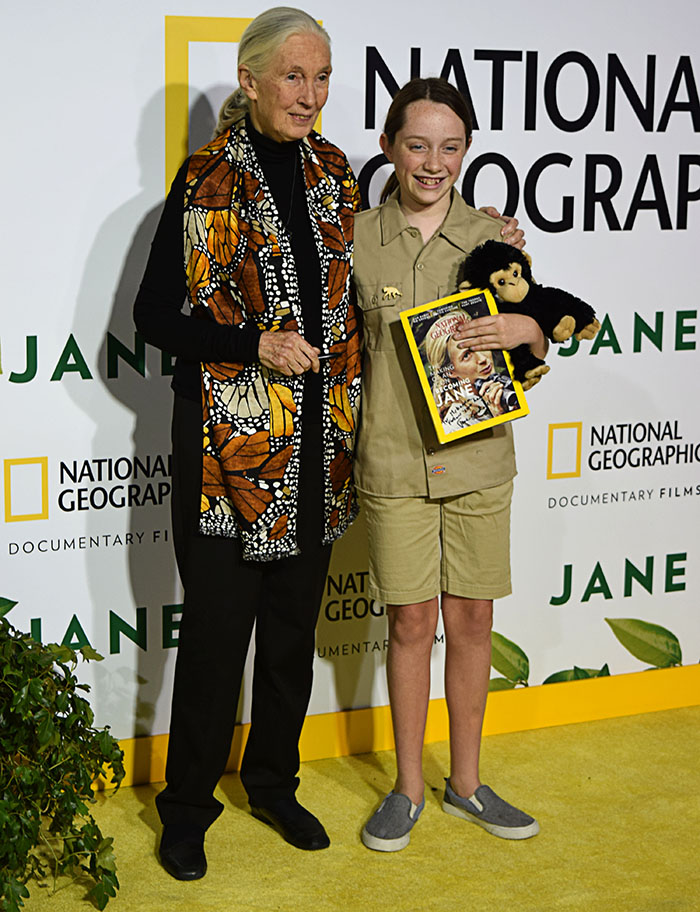
Jane’s research forever changed what we as human know about chimpanzees. Even though the chimpanzees were scared. The first chimpanzee that was bold enough to interact with Jane was David Greybeard. This is the same chimpanzee that would help change what we know as chimpanzee behavior forever. A critical discovery Jane made was the chimpanzees used tools like humans. Jane observed a chimpanzee sit next termite hill. She saw him pick up a piece of grass and poked it into a tunnel. He pulled it out, it was covered with termites, which he then ate. It was assumed that apes didn’t eat meat. Jane later saw a chimpanzee pick a twig and strip it of leaves. To use it to go fishing for termites. Chimpanzee’s knowledge of tool use and toolmaking—shattered prior assumptions that only humans were capable of such things. When she reported her findings about the chimpanzees behavior. The scientific community was outraged. The men didn’t believe her. Because Jane's observation made a challenge to the knowledge of what humans though in relation to animal intelligence. Many people tried to discredit her work. Just because she was a woman. Also for the fact that she has no formal training. How could a woman with a passion for animals, no formal background in research, make such a remarkable discovery?
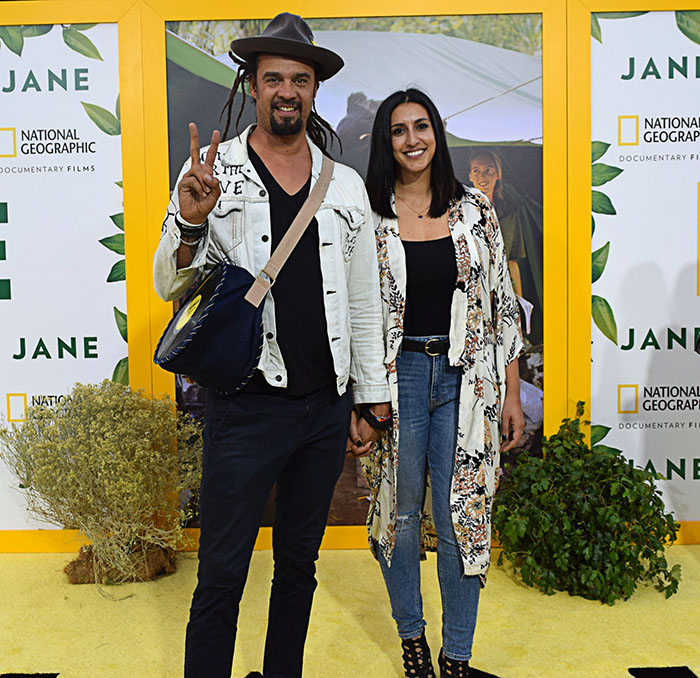
Jane’s habitat study documentation challenged the assumptions about the behavior of chimpanzees forever. Jane saw so much since she was there for so long. She seen the chimpanzees spent allot of time grooming. She realized how important it was. They needed it to help keep their fur clean and that it help strengthen the social bond of chimpanzees. Jane became very fond of a female chimpanzee she named Flo. Flo was very young, but grew up before her eyes. As such Jane noticed when Flo became able to mate. She has a red stipe appear down her back. In the wild there was no mates. The more Jane got involved with chimpanzees. The she learned about herself. All the time Jane spent with Hugo together. They ended up falling in love. Later he proposed over telegram. They married and a little while after that she ended up pregnant. Kids weren't ever talked about, but they were still happy. In1967 Hugo and Jane had a baby (Hugo Eric Louis Van Lawick) aka Grub. After she had the baby. She was eager to get back to the forest reserve. She also wanted too see how the behavior would change when she brought her son. When Jane went back to the reserve with her Grub. She felt more in tune with the chimpanzee moms. Especially Flo. Who she seen had similar mother qualities towards her baby affection and playfulness. That reminded Jane of her mom. She also felt the dynamic of the family start to shift. It wasn't till the family dynamic changed, that Jane seen how violent some of the chimpanzees could be. Some of the monkey started to die. In the forest death isn't hidden. A polio virus had spread that paralyzed the limbs. They figured out late they could vaccinate. After the outbreak. Nobody was to touch the chimpanzees. When Flo died. Some chimpanzees began to break off from everyone. They waived their right to be in the colony and became outcasts.
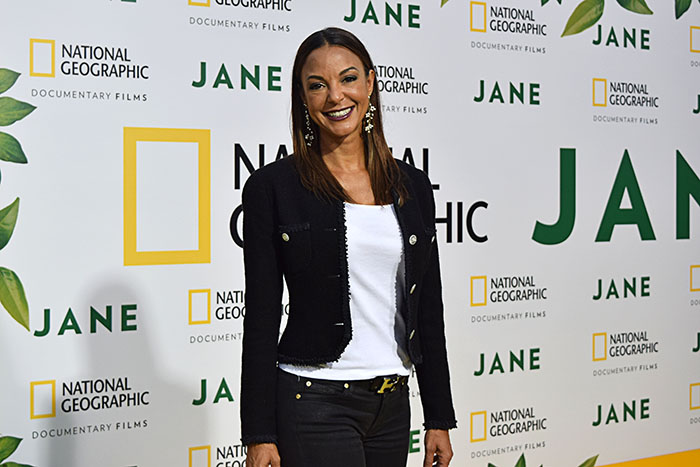
Jane Goodall’s legacy will live for a very long time. The fact that she achieved what she did and still inspires people till this day is amazing. To have seen a woman who pioneered in a field were she was the only woman. She dared to go against the grain and forever changed what we know about chimpanzees and how they are similar to humans. Jane felt it was her duty when she seen the chimpanzees stay to die, to raise awareness of what was going on. In 1977, Jane established the Jane Goodall Institute. She still gives lectures and speak on a regular basis raising awareness. She had made numerous films, and even child books. To see such a person who is so humble and self less is an amazing site to see. She continues to inspire without even trying.
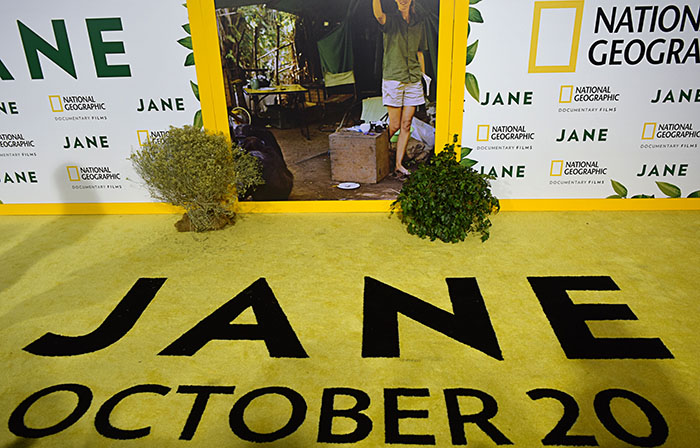
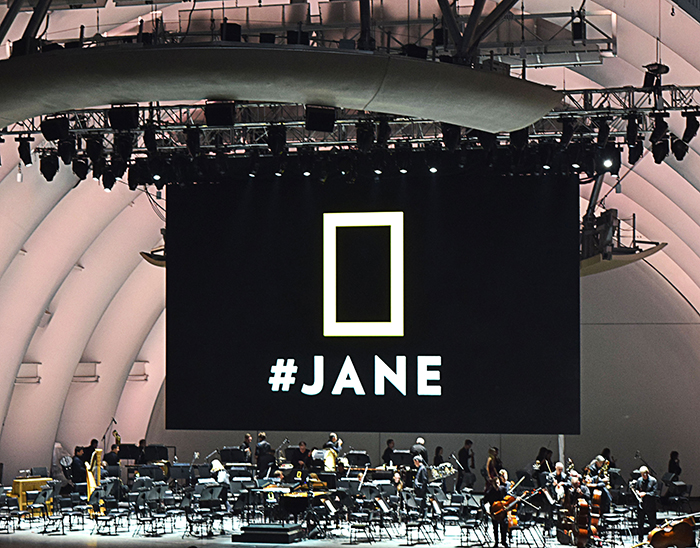
All our photos can be seen here
We would like to thanks Ray Costa for his support and our long an great international collaboration and all the National Geographic team for this great event..
Written and photos: Adrian Jones
Video: Under copyright National Geographic
Seen October 9 2017 at the Hollywood Bowl

